
Abschied von Äthiopien
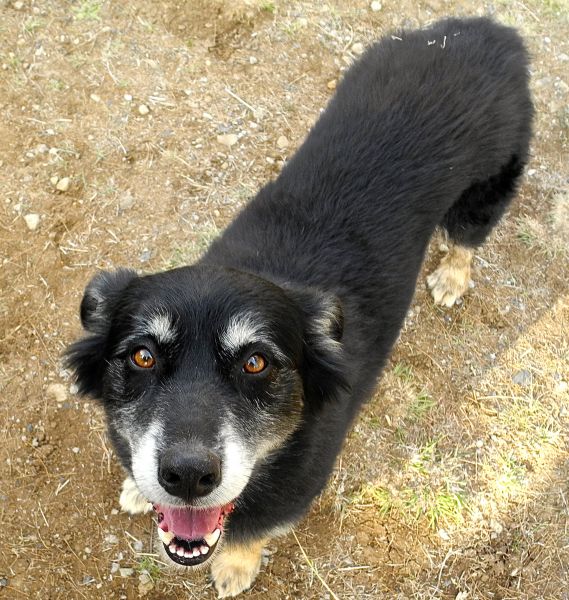
Wir sind auf dem Weg nach Kenia, sprich, wir haben Addis Ababa (so heisst das hier) mit einigen Tagen Verzögerung verlassen, denn unserem haarigen Reisebegleiter ging es mit einem mal sehr schlecht. Kotzerei, Mattigkeit, Essensverweigerung und mehr Blut im Urin als Urin. Glücklicherweise fanden wir Shenkut Teshome, einen in Deutschland (Friedberg/Bay.) ausgebildeten Veterinär, der sofort wusste, dass das Problem seine Ursache in einem Zeckenbiss hatte und entsprechende Gegenmassnahmen ergriff. Diese afrikanischen Zecken zeigen wenig Respekt vor unseren deutschen Flohhalsbändern. Also wird unser Guter künftig alle paar Tage mit 12,5%iger Acarmic-, oder auch Amitraz-Lösung eingesprüht. Das sollte helfen. Maffel ist auch schon wieder richtig gut drauf und hängt den Kopf wieder aus dem Beifahrerfenster, wo er ja schlicht DIE Sensation ist. Fällt jedenfalls den Einheimischen sofort in’s Auge, wenn wir vorbeifahren und sorgt für Riesengeschrei. Selbiges hat heute dann schon ein wenig an unseren Nerven gezerrt. Too much: You! Money! Pen! Where are you go?! Der Zustand der Strasse südlich von Awasa ist unter aller Sau und eine Schlaglochrallye mit 10 Km/H Durchschnittsgeschwindigkeit. Können wir schon mal schön üben, für die angeblich katastrophale Piste auf den ersten 200 kenianischen Kilometern…
Hier noch einige abschliessende äthiopische Beobachtungen:
Kein Müll im Land
Es fällt in’s Auge, dass hier echt nirgendwo Müll herumliegt. Nicht im Strassengraben und auch abseits sind keine wilden Müllhalden zu entdecken. Das liegt aber nicht daran, dass das Land so arm ist, dass es sich nichts leisten kann, was verpackt ist, 
Frauen mit kurzen Haaren
Südlich des Lake Tana fiel uns auf, dass sämtliche Frauen kurzgeschorene Haare haben. Eine stammesbedingte Angelegenheit, vermutete ich zuerst, aber nein. Wir wurden aufgeklärt, dass in dieser Gegend die Frauen so viel zu arbeiten haben, dass für die Pflege langer Haare gar keine Zeit ist.
Gelbe Kanister
tragen die Frauen und Kinder (ja, es gibt viel Kinderarbeit) durch die Gegend, je nach Körpergrösse 5-25 Liter. Das sind immer Wassertransporte, oft viele Kilometer weit, denn der Äthiopier siedelt überall, wirklich.
Ein Mann – ein Stock
Auf dem Land hat so ziemlich jeder Mann, vom Knaben bis zum Greis, einen Stock, Stecken oder Stab. Die traditionelle Variante sieht aus wie ein etwas lang geratener Spazierstock mit 10cm breit Metallringen am unteren Ende. Aber auch beliebige andere Hölzer und Materialien (dünne Eisenstangen z.B.) werden verwendet. Beim Gehen wird der Stock (manchmal auch das Gewehr) dann quer über die Schultern gelegt und beide Arme draufgelegt. Lasten werden auch mit demselben gehebelt. Als Waffe taugt so ein Prügel auch und zum Tiere hüten natürlich sehr praktisch.
Steine werfen
Das liebe Vieh wird auch per Steinwurf fernbedient. Egal wo man ist, einmal gebückt und es findet sich ein Wurfgeschoss passender Grösse. Steine werfen ist hier eine beliebte Freizeitbeschäftigung. Kinder machen Zielwurf, bewerfen sich gegenseitig, oder werden pädagogisch von Erwachsenen beworfen…
Farbiges
Manch ein Bergdorf ist schon sehr graubraun, auch die Kleider der Bewohner eher gedeckt. Aber sobald die „Zivilisation“ Einzug gehalten hat, geht es los mit bunt, wobei die Spektralfarben selten ausreichen, denn die sind ja reserviert für die Landesfarben (Grün, Gelb Rot) und den grössten Mobilfunkanbieter Tecno (blau). Nein, egal ob am Körper oder Haus, die Farbe muss mindestens quietschen, wenn nicht schreien. Neonpink, giftig Türkis und strahlendes Lila, gernstens in Kombination genommen, muss es sein. Aber: Man gewöhnt sich ja an allem.
We are on our way to Kenya, we have left Addis Ababa (as it is locally known) with a delay of a couple of days, because our hairy companion was suddenly struck by what was found to be a sort of tick bite fever by a competent, german trained veterinarian named Shenkut Teshome. He started vomitting, refused to eat and his pee contained more blood than urin. These african tiks didn´t flinch at the sight of the anti flee/tik colar that we put on Maffi made in germany. From now on Maffi will be sprayed with a 12,5% Acarmic/Amitraz solution, this should help to convince the tiks to find another victim. In the meantime Maffi has recovered well and is already sticking his head out of the window while driving, where he is always stealing the show wherever we go. Today we got a little overwhelmed by all the attention, all the You! You! You! Money! Pen! Pen! Pen! Where are you go?! The road is a disaster, a pothole party which allows for an 10kph average. It´s preperation for the oh so dreaded 200km stretch of road between Moyale and Marsabit in Kenya according to many travellers, which is unavoidable when entering Kenya from Ethiopia through Moyale.
Some observations:
Trash-free country
Upon entering Ethiopia one immidiately notices the lack of trash flying about. Nothing on the side of the roads, the villages are relatively clean, and in the wild you don´t find rogue landfills of trash. This is not owed to the poverty in the country, because one cannot afford to buy packaged goods, but it seems to be debted to the social responsibilty factor in society. Every Ethiopian, without exception, has to serve one day of community labour a month. Then you will see the whole village about, cleaning up, building a pavement or conducting other due tasks. Nice going.
Women with short hair
We noticed while driving south of lake Tana that most of the women had shaven heads, unlike elsewhere we have been. First I thought this was owed to their traditional ways, but this wasn´t so as we found out later. We were told that the women have so much work, that they wouldn´t have time to look after their hair anyways, so they cut it off.
Yellow plastic canisters
Women and children (there is lots of child labour here) carry this item everywhere across the country. Depending on the persons size 5-25l per person. They always carry water, often across vast distances, because the ethiopians settle anywhere and running water is scarce.
A man and his cane
In the countryside you will hardly encounter any man, ranging from a child to an elder without a cane or a stick of some sort. Often they look like slightly elongated walking canes with a 10cm wide metal ring on the lower end. But they will use anything they can instead like thin metal rods normally used in construction or simply branches. While walking they will lie the cane (or gun) sideways across their shoulders and rest their hands on it or carry goods with it. The canes can also comfortably be used as a weapon or to herd animals, very handy.
Stoned
The cattle is remote controlled by this practice. No matter where, throwing stones must be ranking among the top hobbies in the country. Children are throwing for target practice or against each other. Adults will use this as an educational measure on children as well. So it is no surprise that one stone or another will find a Ferengi like usd
The colours of the rainbow
Some of the mountain villages will overwhelm with greys and browns as will the clothing of its inhabitants with equally dull coloured clothes. As soon as you reach more developed areas though, you will encounter all the colours of the rainbow, whereas the spectral colours are reserved for the countrys colours (green, yellow, red) and the biggest mobile phone provider Tecno Mobile (blue). Irregardless if it is clothing or the paint of the houses, the colour has to pop, if not scream at you. It has to be neon pink, glowing turquoise, and flaming lilac, often in combination. But as we know: One can get used to anything.



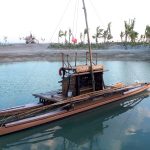
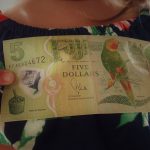
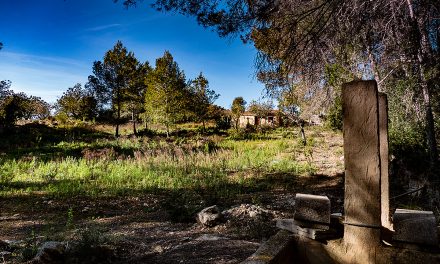



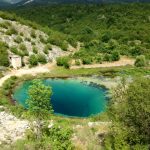
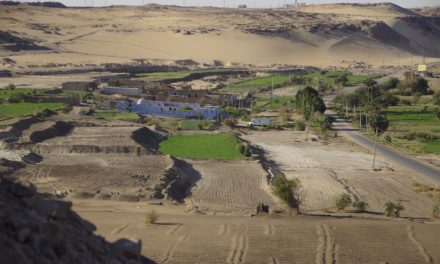
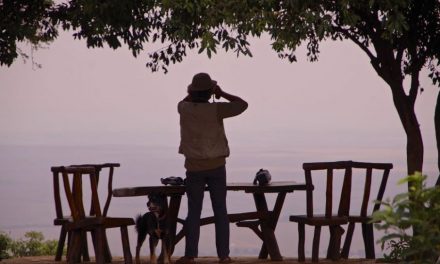
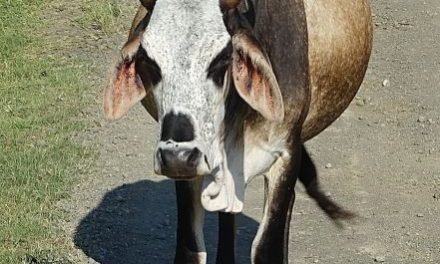

Omg, Dr Teshome ist wirklich nach Kenia gegangen und noch am Leben?